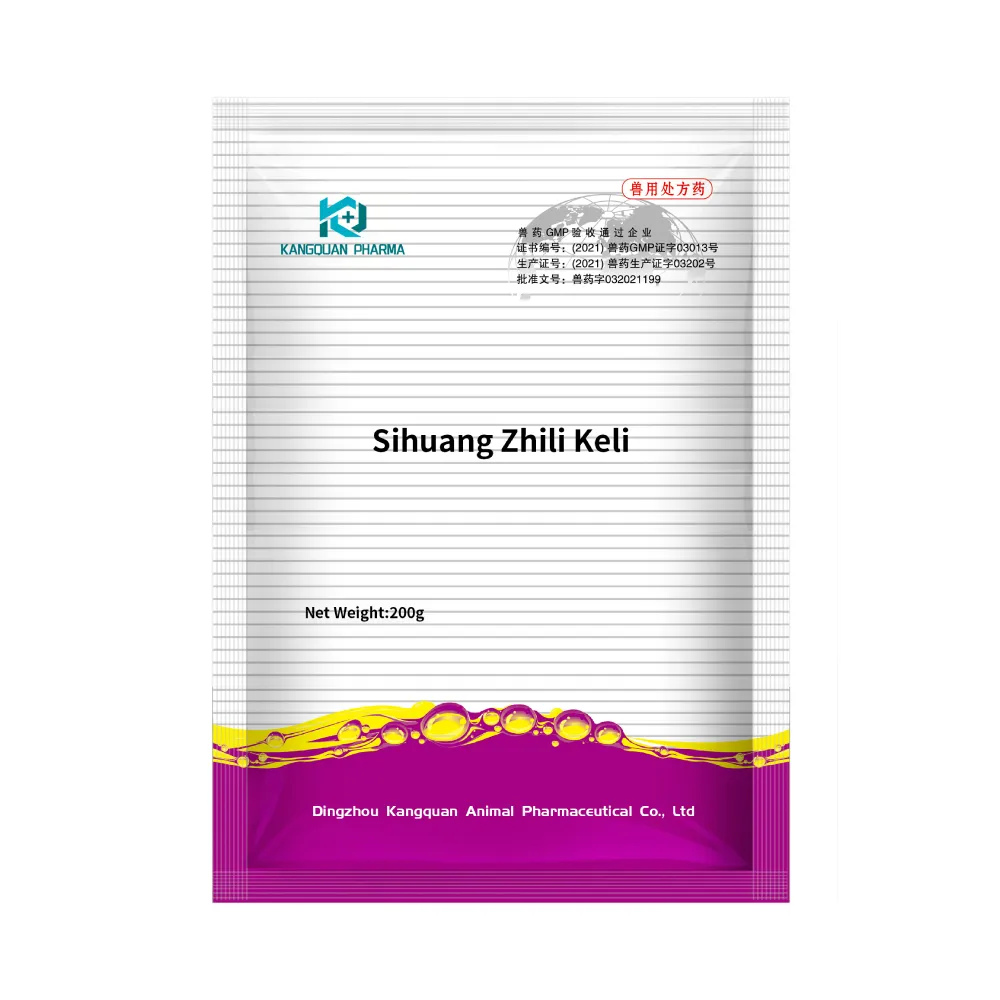- Afrikaans
- Albanian
- Amharic
- Arabic
- Armenian
- Azerbaijani
- Basque
- Belarusian
- Bengali
- Bosnian
- Bulgarian
- Catalan
- Cebuano
- Corsican
- Croatian
- Czech
- Danish
- Dutch
- English
- Esperanto
- Estonian
- Finnish
- French
- Frisian
- Galician
- Georgian
- German
- Greek
- Gujarati
- Haitian Creole
- hausa
- hawaiian
- Hebrew
- Hindi
- Miao
- Hungarian
- Icelandic
- igbo
- Indonesian
- irish
- Italian
- Japanese
- Javanese
- Kannada
- kazakh
- Khmer
- Rwandese
- Korean
- Kurdish
- Kyrgyz
- Lao
- Latin
- Latvian
- Lithuanian
- Luxembourgish
- Macedonian
- Malgashi
- Malay
- Malayalam
- Maltese
- Maori
- Marathi
- Mongolian
- Myanmar
- Nepali
- Norwegian
- Norwegian
- Occitan
- Pashto
- Persian
- Polish
- Portuguese
- Punjabi
- Romanian
- Russian
- Samoan
- Scottish Gaelic
- Serbian
- Sesotho
- Shona
- Sindhi
- Sinhala
- Slovak
- Slovenian
- Somali
- Spanish
- Sundanese
- Swahili
- Swedish
- Tagalog
- Tajik
- Tamil
- Tatar
- Telugu
- Thai
- Turkish
- Turkmen
- Ukrainian
- Urdu
- Uighur
- Uzbek
- Vietnamese
- Welsh
- Bantu
- Yiddish
- Yoruba
- Zulu
Dec . 17, 2024 12:25 Back to list
Comparison of Veterinary Disinfectants for Effective Animal Health Management
Veterinary Disinfectant Comparison Ensuring Optimal Animal Health
In the field of veterinary medicine, maintaining a clean and sanitary environment is paramount for the health and well-being of animals. Disinfectants play a critical role in preventing the spread of infections and diseases among livestock, pets, and other animals. This article aims to compare various veterinary disinfectants, highlighting their active ingredients, effectiveness, and suitability for different settings.
Types of Veterinary Disinfectants
Veterinary disinfectants can be categorized based on their active ingredients and mechanism of action
. The primary classes include quaternary ammonium compounds (quats), phenolics, chlorine-based disinfectants, iodine-based solutions, and hydrogen peroxide.1. Quaternary Ammonium Compounds (Quats) Quats are widely used due to their effectiveness and low toxicity to animals and humans. They are effective against bacteria, viruses, and fungi, making them suitable for various environments, including veterinary clinics and animal shelters. Popular quats include Benzalkonium chloride and Alkyl dimethyl benzyl ammonium chloride. However, while quats are effective against many pathogens, they may not be suitable for heavily soiled surfaces and are less effective against certain resistant microbes.
2. Phenolic Compounds Phenolic disinfectants offer a broad spectrum of antimicrobial activity. They are effective against bacteria, fungi, and some viruses, making them suitable for veterinary applications. Products like Lysol and phenol-based veterinary disinfectants can penetrate organic matter, making them effective in environments with significant contamination. However, their toxicity levels may pose risks to animals and handlers, necessitating careful use and adherence to safety guidelines.
3. Chlorine-Based Disinfectants Sodium hypochlorite, commonly known as bleach, is a potent disinfectant known for its effectiveness against a wide range of pathogens, including bacteria, viruses, and fungi. Its rapid action and cost-effectiveness make it a popular choice in veterinary settings. However, chlorine-based disinfectants can be corrosive and irritating to respiratory systems, so proper ventilation and dilution are critical when using these products.
veterinary disinfectant comparison

4. Iodine-Based Disinfectants Iodine solutions, such as povidone-iodine, are effective antiseptics and disinfectants. They are particularly beneficial for disinfecting skin and surgical sites due to their broad-spectrum antimicrobial properties. However, iodine may stain surfaces and can cause allergic reactions in some animals, so caution is warranted.
5. Hydrogen Peroxide Hydrogen peroxide is an eco-friendly disinfectant that breaks down into water and oxygen. It is effective against bacteria, viruses, and spores. Its efficacy increases at higher concentrations, but it can also be corrosive to some surfaces. Hydrogen peroxide is an excellent choice for cleaning equipment and surfaces in veterinary practices, especially as resistance to traditional disinfectants emerges.
Comparison of Effectiveness and Usage
When comparing these disinfectants, it is essential to consider their effectiveness against specific pathogens, safety for animals and humans, and the level of organic material present. For instance, while chlorine and hydrogen peroxide are highly effective in unsoiled environments, their efficacy may diminish in the presence of organic matter. Quats and phenolics, on the other hand, show better performance in contaminated conditions but must be chosen carefully to avoid toxicity.
Furthermore, veterinarians must take into account the specific needs of their practice. For high-traffic areas such as kennels or stables, a combination of quats for regular cleaning and hydrogen peroxide for disinfection may be ideal. In surgical settings, iodine-based disinfectants are preferred due to their efficacy on skin and mucosal surfaces.
Conclusion
Choosing the right veterinary disinfectant is crucial for maintaining a hygienic environment that promotes animal health. It involves a careful evaluation of the disinfectant's properties, effectiveness against targeted pathogens, and safety for both animals and humans. By understanding the various options available and their appropriate applications, veterinary professionals can significantly reduce the risk of infection and enhance the overall care provided to their animal patients. Regular training and updates on disinfectant protocols will further ensure that veterinary staff remain informed about the best practices for maintaining cleanliness in their facilities.
-
Guide to Oxytetracycline Injection
NewsMar.27,2025
-
Guide to Colistin Sulphate
NewsMar.27,2025
-
Gentamicin Sulfate: Uses, Price, And Key Information
NewsMar.27,2025
-
Enrofloxacin Injection: Uses, Price, And Supplier Information
NewsMar.27,2025
-
Dexamethasone Sodium Phosphate Injection: Uses, Price, And Key Information
NewsMar.27,2025
-
Albendazole Tablet: Uses, Dosage, Cost, And Key Information
NewsMar.27,2025













